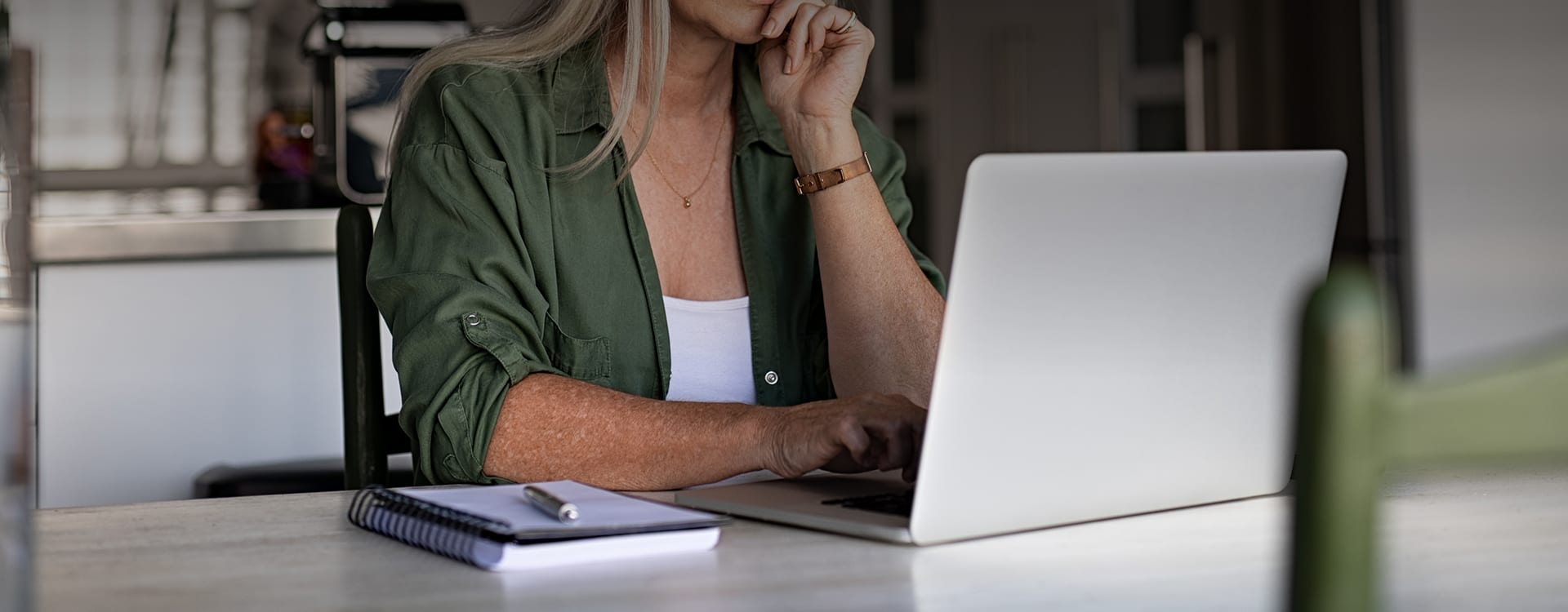Exercises. There are literally thousands that target different muscles in various ways. Every fitness professional uses standard, research backed movements as well as creating their own sometimes. For the non-exercise professional, the plethora of exercises can be very convoluted and hard to outline so that it provides maximum benefit.
For older adults, challenges begin to arise with decreased strength and power in the lower and upper body, changes in joint range of motion and cardiovascular limitations. Sometimes this can occur from limited activity or certain medical conditions. Knowing which exercises can help with certain physical changes can be hard and intimidating.
I would like to discuss some movements that I have noticed throughout my career that have proven beneficial to helping older adults regain physical strength and conditioning leading to maintained independence. Modifications exist for these movements, but for our purposes, I will address the normal movement.
For the lower body, legs and hips, strength and power can quickly diminish with age. A couple great movements to help reestablish the lower body are body weight squats and hip bridges.
 With body weight squats, the emphasis is placed on the thighs, quadriceps in particular, with gluteal activation. This is an essential movement to help a person get up from a chair successfully because it helps strengthen muscles through a multi-joint effort.
With body weight squats, the emphasis is placed on the thighs, quadriceps in particular, with gluteal activation. This is an essential movement to help a person get up from a chair successfully because it helps strengthen muscles through a multi-joint effort.
Hip bridges require full gluteal activation as well as hamstring involvement. The challenge with hip bridges is that it requires an individual to get down on the ground but, unless there is a medical reason, this shouldn’t be a deterrent. The individual then focuses on raising the hips up off the floor trying to create a line from their shoulders to their knees.
The upper body usually is able to maintain relatively good strength with aging. A couple good movements to make part of your routine are chest presses and rows/pulls.
 With chest presses, different equipment, grips and hand positioning can help target different aspects of the muscles. A great movement is always a pushup or wall pushup or cable press. Anything that allows you to press something away from you is great. Chest press movements can be adapted to your current strength levels.
With chest presses, different equipment, grips and hand positioning can help target different aspects of the muscles. A great movement is always a pushup or wall pushup or cable press. Anything that allows you to press something away from you is great. Chest press movements can be adapted to your current strength levels.
Row and pulls are movements that allow you to pull something to you. Just like with chest presses, grip, equipment and hand position elicit different effects on a muscle. Examples of rows and pulls are Seated Rows and Lat Pulldowns. These movements help work the upper back muscles such as the latissimus dorsi, rhomboids, trapezius and posterior deltoid.
These are just some movements that really help aid in maintaining or developing strength for the older adult. Exercise does not need to be incredibly fancy or elaborate and if someone is encouraging exercises that seem over the top, you should ask what benefit it has for you. If you have questions regarding these movements or any others, feel free to ask the staff in the Village Fitness Center. We are here to help you determine which exercises will help you the most.
By Craig Cole, Bethany Village Exercise Physiologist
